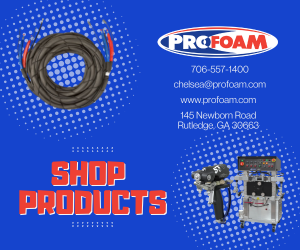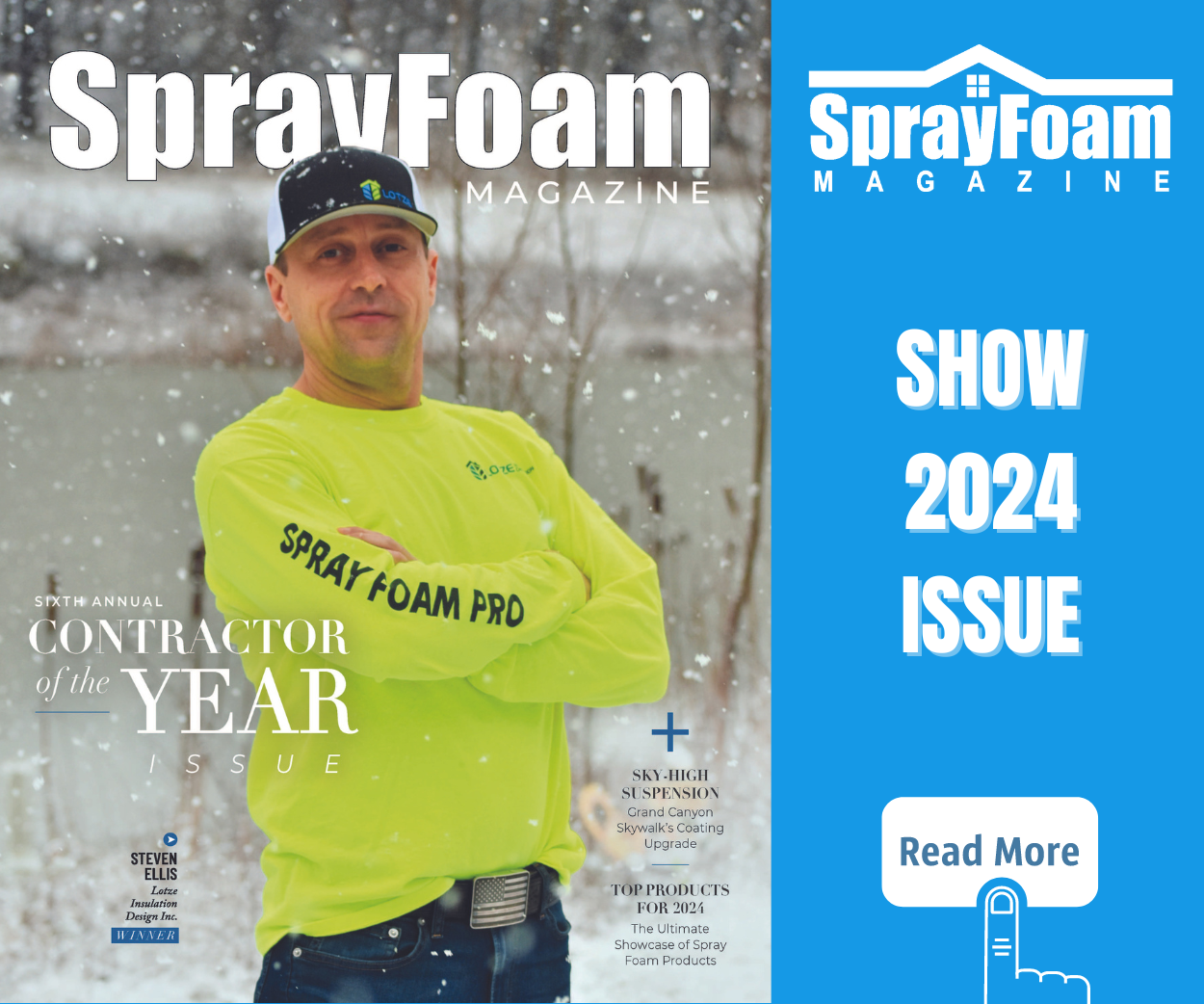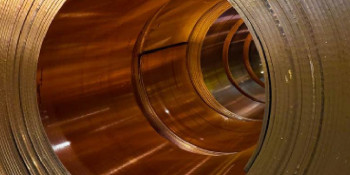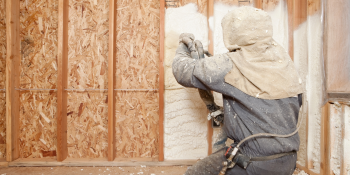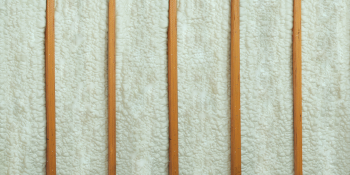Q&A Forums
Are all foams created equal? Post New Topic | Post Reply
| Author | Comments |
|---|---|
|
Posted: Feb 26, 2011 08:29 PM
|
Are all foams created equal?
Some of the contractors I have interviewed are using Lapolla while one uses BASF, one uses Demilec and one uses Tigerfoam.While the 1st three I feel I can trust, not sure abut tiger foam but in any case. Are foam brands basically all equal and if not, what sets them apart from each other? |
|
SprayFoamSupply.com
Posted: Feb 27, 2011 08:37 AM
|
Absolutely not! There are alot of good foams out there and there are some, well... While I do not want to name names, no matter how much I would like to, there are some foams on the market that haven't even had the testing done to correspond with their spec sheet. Some have ICC-ES reports which basically give credibility to the spec sheet. Others just make a spec sheet based on comparable products and what they think the r-value, comp strength, perm, etc will be. No testing to base the numbers on. If you comparing reputable foams to each other, some might spray better than others for the applicator, some are firm in the rise and you can spray into it allowing you to get it smooth, others are tender and blow around like shaving cream, some stick better in cold weather, some have lower r-value, some you can spray greater pass thicknesses, etc. With open cell foams, some have alot of voids in the foam and some have tighter cell structure than others. Most open cell foams need the B drum mixed prior to use, some do not need mixing. Other open cell foams do not stick well to itself between passes creating voids between passes. |
|
Posted: Feb 27, 2011 10:38 AM
|
like gorgeous said,, 2.o lb foam is 2lb foam,,, o.5 lb foam is foam is o.5lb foam,, 1 lb foam is 1 lb foam.... at least in their chemistry.. but in our industry that is where the similarities end,, you see,,as gorgeous eluded to..credible vendors have done the testing on their products and have obtained the appropriate IcC-ES report which shows the paramaters of application of their product,,,no questions asked,,,easy for the contractor, the building owner, the code official, the insurance folks and all interested peeps to identify the proper application guidlines for this product. The TB/IB criteria will be addressed in this document as well,,,no questions hovering out there,,,the document will tell you what the manufacturers say you HAVE TO DO to use this product,,now the liablity goes to you mr hillbilly foamer if you do otherwise,,,or to you mr home owner if you say "oh just go ahead we dont have inspections here",,and hungry mr hillbilly foolishly goes ahead,,, as gorgeous said,,,it seems tech data sheets are being hacked off of facebook...lol..your info is only as good as your vendor... i am yet to find a tweener foam that has ICC-ES paper i am amazed at the number of "credible" vendors" whom do not have ICC-ES paper on many of their products,,many that are "mainstream",, i dont care that these papers cost "lots of money" to obtain...so does your product.. i believe that in the very near future the code authorities will DEMAND paper on foam being applied,,and this is good! and nj a froth pack foam is not a high pressure spray applied polyurethane ever,,,, pre-expanded frothing vs spray applied semi-liquid creaming in 2 seconds then expanding into the minutes crevises inherent to the nature of lumber... kinda like comparing your bmw to georges kia |
|
Posted: Feb 27, 2011 02:15 PM
|
Thanks for the great info. More for my knowledge bank! |
|
Dean Nash
Posted: Feb 28, 2011 08:17 AM
|
Chemically speaking, at least as it applies to the plastic, all foams are essentially equal however, there are basic differences: The blowing agent for OC foam is water and common throughout the OC market. The blowing agent for CC foam is a refrigerant and again common with CC foams. With the before mentioned accepted, it stands to reason that in terms of chemistry; Brand A is nearly identical to Brand Z. Where the foams differ, and I'll defer more details to those with capitalized letters after their name, is in the supplemental components that provide the fire rating and control the expansion. It's these supplemental components that brand a product. But it's also these supplemental parts of the recipe that effect a products, R-value, the yield, the performance, the odor, and the testing results. A products ICC report, as George & FD mentioned, is what a product should be judged by as it is essentially the UL Listing for our SPF products. Applicators should use these as part of the educational process when discussing a project with a potential customer as I noted in another thread. As a homeowner, not only should you inquire about a perspective products ICC report but you should check what is actually being sprayed as it's fairly easy to be fooled through assumption. Furthermore, as an applicator & on behalf of the homeowner, I would advise recording the batch number of the product applied in a home. The batch number allows the manufacturer a means to track & determine problems and without it, one has little ground to stand on relative to manufacturer support and/or warranty. Finally, with our code officials so focused on the R-Value it is imperative to consider a products R-Value as it can either increase the labor or decrease the labor of installation through excessive time in trimming and of course disposing of the accumulated waste. OC foams vary in R-Value from 3.5-4.2 per inch and yield ranges from 13500-18000 board feet/set. CC foams vary in R-value from 5.9-6.9 per inch and yields can range between 3600-5200 bft/inch. **Mathematical formulas can aid one in determining what the cost is per inch and how much is required to provide a mandated R-Value. Ignorance in any of the above mentioned including those comments from George & FD can drive the installation cost up for both the applicator and the end consumer and sadly, some suppliers focus solely on what a product costs per set rather than on the true merits of a brand. |



